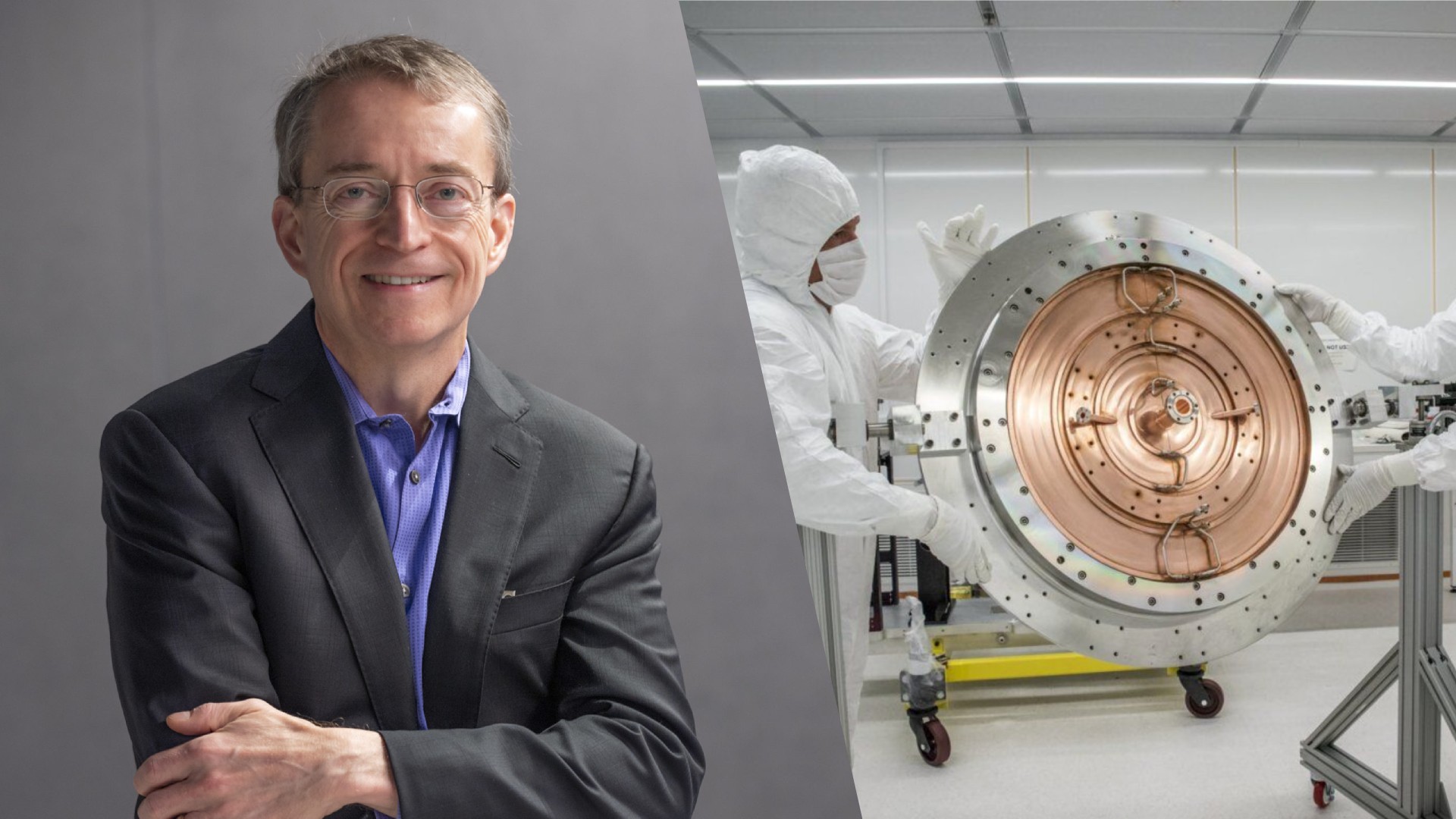Intel’s former CEO has his eye on a new way of manufacturing chips

Table of Contents
Former Intel CEO Pat Gelsinger has become part of a new startup company that aims to use particle accelerators to develop new ways of fabricating computer chips.
The technology for fabricating silicon chips is rapidly reaching a plateau as we approach the limits of what current lithography techniques are capable of. Some companies are searching for revolutionary new ways of making chips. One such company is startup xLight, which has just installed former Intel CEO Pat Gelsinger as executive chairman.
The concept behind xLight involves using a particle accelerator to generate light, which can be used in lithography machines to create silicon chips in new ways. This technology is considered theoretically viable, but implementation has yet to be attempted outside of lab conditions. The company claims it can produce a working example by 2028.
In a post on LinkedIn, Gelsinger explained the difficulties facing the chip industry: “As the semiconductor industry continues to innovate, there are two critical means of enhancing performance, productivity, and overall chip yield: power and polarization.”
Gelsinger: USA needs to continue developing technology
He went on to explain how xLight could resolve these problems: “If the US is going to continue developing and manufacturing leading-edge chips, we need more powerful and energy-efficient EUV light sources. It's a multi-billion-dollar market opportunity per light source – and a key part of rebuilding US leadership in advanced semiconductor manufacturing. I am particularly excited to be working with a company that is dedicated to solving this exact problem: xLight Inc.”
Gelsinger claims that xLight technology could cut costs per silicon wafer by up to 50%, and lower capital and operating expenses threefold. The light-based technology could also be used for other applications, such as inspection tools, medical imaging and other scientific research.
Of course, it remains to be seen if this technology can meet these high expectations, but perhaps the future for silicon lithography is bright.
